- Learning time
- 60 minutes
- First play time
- 180 minutes
First Train to Nuremberg
Designed by: Martin Wallace
First Train to Nuremberg is an updating of Last Train to Wensleydale with some small rules modifications. If you’ve picked up the latter you basically own the same game.
As you might have gleaned from the name Wensleydale, this train game isn’t about barreling across America, bringing in the big bucks. Nope, in Nuremberg/Wensleydale, the players are small-time operators, doing their best to turn a profit whilst in competition with each other in a rural county. We’ll describe Nuremberg here (it usually comes with a reversible board so you can play Wensleydale instead).
The board shows the county broken up into fields and small villages. It’s populated with the three things you hope to attract to your train services: commuters, post, and hops – for Nuremberg is renowned for its beer. The game is played over five rounds, and each round is broken into phases: firstly, players (who are given £12 at the start of each round) bid for influence. They then lay track, before buying trains and carrying passengers and cargo to score points.
The influence bids are made on six possible spaces, and depending on the amount of players you can bid on more than one. They are randomly populated with influence markers each turn of different colours, and the colours represent influence with four different organs: the government (white), the train suppliers (brown), and the two national train operators (green and red).
Having influence is a must, because when you’re laying track you need to link it to the national operators, and if you have no influence with them, they’re not interested. Laying track costs you money, but you can also pay for it using influence too, and then ‘buying’ from the train suppliers is purely about influence, as no money changes hands. Having built track and grabbed a train, you can now transport the commuters, post and hops you pass by on your route – bearing in mind that green commuters want to go to Nuremberg (green) and red commuters only go to Furth (red!). And the type of train you carry your commuters on affects the points you get for carrying them – they’d much rather a lush first-class carriage than an old banger.
Throw in a couple of extra things like protestors against the industrialization of the area (you need Government influence to be rid of them) and the fact operators can potentially beat each other to deliveries and trains – depending on the state of their influence in each phase – and you have a very shrewdly put-together game that rewards repeat visits.
The guru's verdict
-
Take That!
Take That!
Yes, in a word. Occasionally it will be inadvertent, occasionally deliberate, but you will be beaten to the punch - especially in the latter stages of the game.
-
Fidget Factor!
Fidget Factor!
Long on a first play, but increasingly quick. However the game will always require the odd pause for thought.
-
Brain Burn!
Brain Burn!
You'll need some time to work out exactly which influence you want to bid on and what you could do with it.
-
Again Again!
Again Again!
It's not an instantly accessible game in the way some are, and for your first play you should probably consider it a complexity 4 rating rather than a 3. But if you really want to get your teeth into something thoughtful and tense, Nuremberg is a wonderful, and highly variable experience.

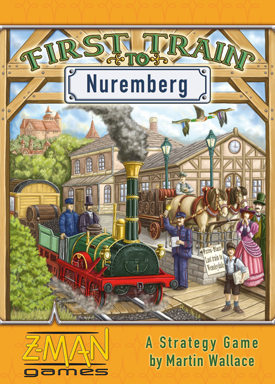
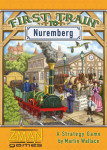

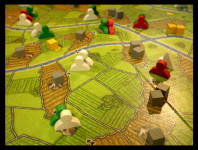


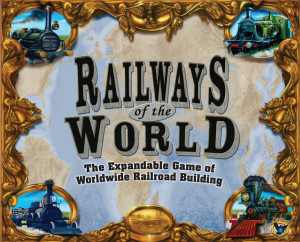

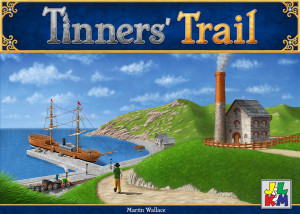
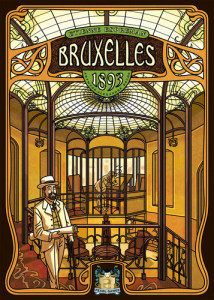
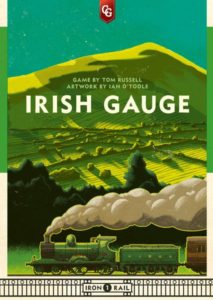
Sam says
My go-to game for trains is and will always be Railways of the World. More accessible, quicker, shorter. But I have a lot of respect for this - Martin Wallace's games generally have a great eye for detail and are strong on theme. I think it's a classic, of a kind.